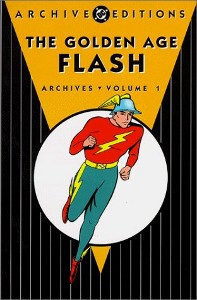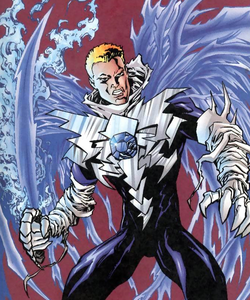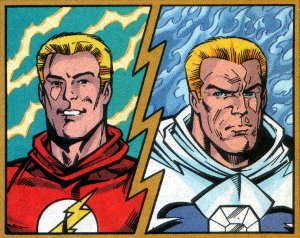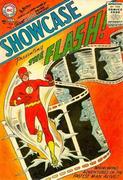Excerpted from an essay originally posted at K-Squared Ramblings in 2005.
 Most comic book character indexes aren’t really interested in the supporting cast, or even one-off villains. If I want to find a major villain like the Fiddler, chances are I can find a complete list somewhere online. But if I want to know which issues featured Jay’s old college buddies, I’m on my own.
Most comic book character indexes aren’t really interested in the supporting cast, or even one-off villains. If I want to find a major villain like the Fiddler, chances are I can find a complete list somewhere online. But if I want to know which issues featured Jay’s old college buddies, I’m on my own.
Speaking of Jay’s old college buddies, he runs into five of them during the issues featured in The Golden Age Flash Archives, Vol. 1….and four of them are named Jim. There’s Jimmie Dolan, Jim Evans, Jim Carter, and Jim Dane. (Interestingly, the fifth friend is named Wally.) Jim Carter and Jim Dane are both in silver mining. Jimmie Dolan and Jim Evans both know that Jay is the Flash, but Jim Carter and Jim Dane don’t. I suspect that Carter and Dane are the same guy, but the writer didn’t remember the name he used before and didn’t feel like looking it up. (Comics were episodic back then, and you didn’t have continuity police among the readers ready to pounce on every coloring error.)
Also interesting: In the 17 issues collected in that book, no super-villains appear. The villains are all gangsters, kidnappers, corrupt politicians, crime bosses, etc. Even the story with the giant lizards has gangsters creating them. Skimming one list, the first recognizable villain to show up is the Shade—in issue #33! For the first three years (or at least the first year and a half), most of the Flash’s enemies wore ordinary business suits!
Note: Since I originally wrote this, I have tracked down a number of Golden Age stories. You can read a follow-up in Completing the Set: Tracing the Origins of the Shade.




 When the New York Daily News
When the New York Daily News